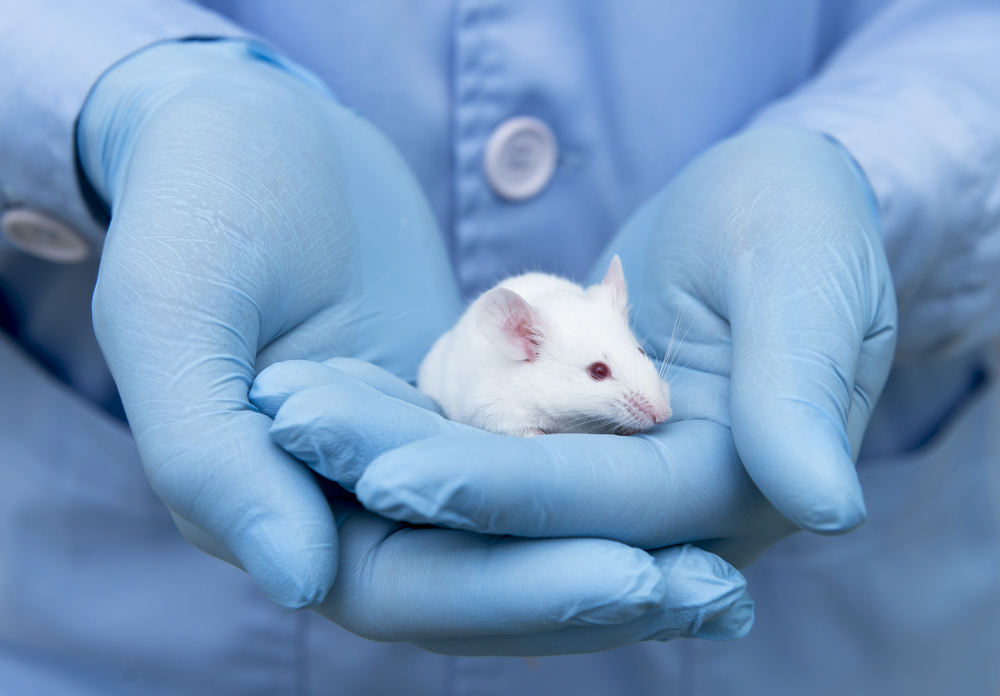Insight into Early Disease Stages May Hold Key for Future ALS Treatments, Study Suggests

A novel mouse model and a new method of analyzing these mice led researchers to the discovery of key molecular changes in the early stages of amyotrophic lateral sclerosis (ALS), opening up the possibility of new therapy targets.
These new innovations could be valuable tools for researchers to continue to gain insight into the early development of the disease. Findings were published in the study, “TDP-43 gains function due to perturbed autoregulation in a Tardbp knock-in mouse model of ALS-FTD,” in the journal Nature Neuroscience.
“This study reveals new pathways in the earliest stages of ALS-FTD and opens the way for developing new classes of drugs to combat this dreadful disease,” Justin Fallon, PhD, one of the study’s authors and a professor of neuroscience at Brown University, said in a press release.
A protein called TDP-43 has been identified as the main disease-causing protein in ALS and the most common subtypes of frontotemporal dementia (FTD). Mutations in the TARDBP gene, which provides instructions for making TDP-43, have been found in patients with sporadic and familial ALS. Fragments of TDP-43 accumulate inside different types of brain cells, but their role is still unclear.
To study the link between TDP-43 and neurodegeneration, as well as molecular events preceding motor dysfunction, a team of scientists from the U.K. and U.S. developed transgenic mice with a clinically relevant mutation of the TARDBP gene, leading to mutated TDP-43.
They found that the mutation led to cognitive impairment long before the neuronal degeneration that characterizes the later stages of these diseases. The scientists also observed a significant loss of inhibitory neurons called parvalbumin interneurons early in the disease, which differs from other degenerative disorders, where most of the early neuronal losses are excitatory neurons, the authors said.
Mice with the human-related mutation also showed increased production of TDP-43. This finding is in line with previous data from sporadic ALS patients and healthy individuals with TARDBP mutations who exhibit higher levels of TDP43 in the spinal cord.
“This indicates that TDP-43 misregulation could underpin the human disease state,” the researchers wrote.
In addition to the new ALS mouse model, investigators also developed a new artificial intelligence technology called the Automated Continuous Behavioral Monitoring (ACBM) to better assess mouse behavior. The new system assigns behavior to individual frames of video. Mice were monitored for 24 hours a day for stretches of five days.
Results showed that ACBM enabled sensitive and effective analysis of millions of video frames.
“We were able to get an accurate and deep accounting of the behavior of these mice,” Fallon said. “We’ve now opened up a new way of analyzing mice behavior.”
Researchers also established a new approach to categorizing mouse molecular information by phenotype, which is a set of observable symptoms. This strategy evaluated data from messenger RNA (mRNA), which is generated from DNA in gene expression, and analyzed specific mRNA variations that correlated with improved behavior in ALS mice with the same DNA.
The findings revealed a total of 471 changes linked to improved behavior, including two known modifiers of neurodegeneration — the genes Atxn2 and Arid4a.
“We conclude that this list contains additional suppressors of neurodegeneration that will help direct efforts toward developing treatments for ALS-FTD,” the scientists wrote.






